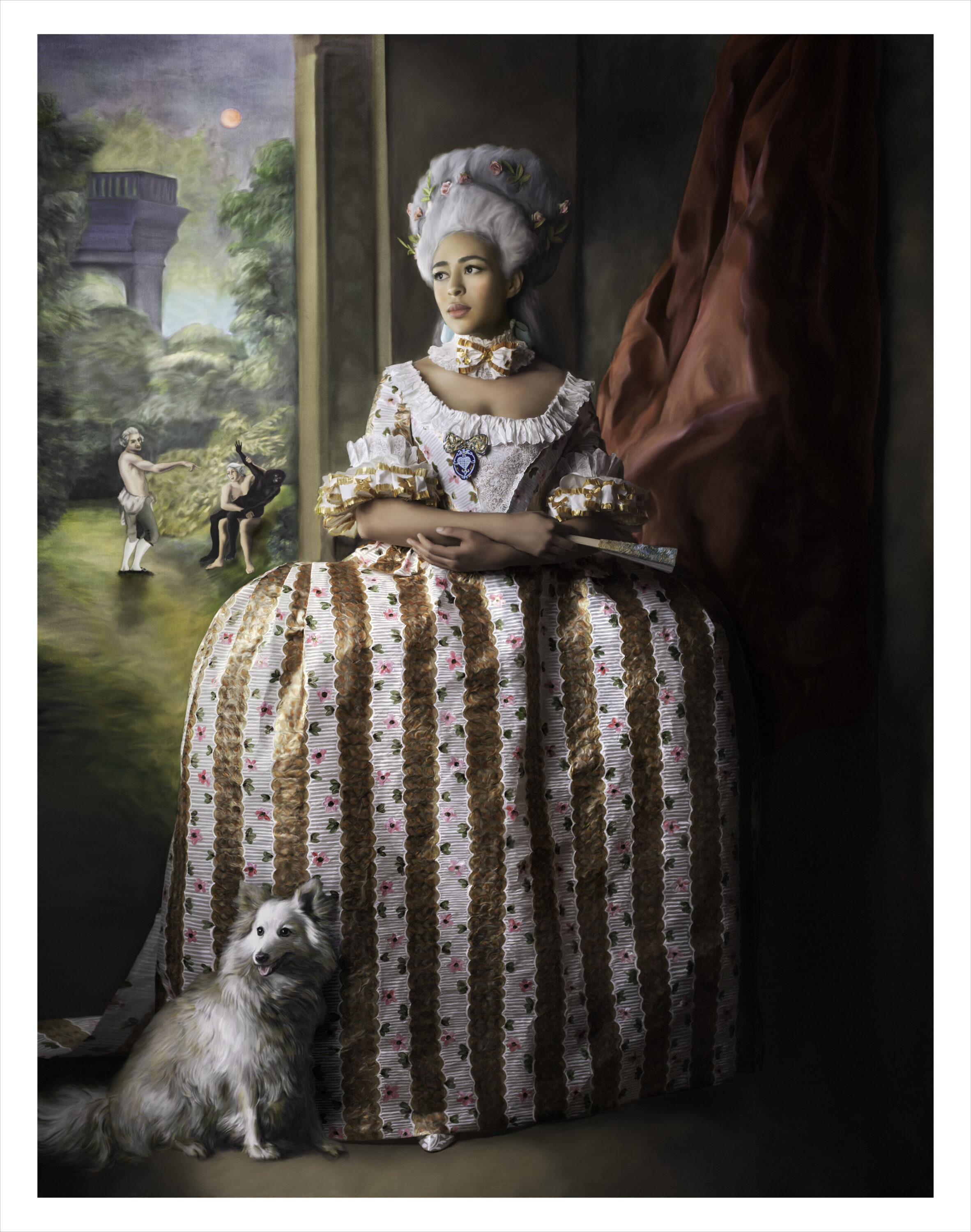Unearthly, enigmatic, and psychologically tense, the works in NMWA’s newest exhibition, Uncanny, give form to women artists’ powerful expressions of existential unease. Artists subvert gender stereotypes and explore feminist issues through disquieting spaces, fantastical figures, and technology that appears eerily human. With nearly seventy works spanning painting, sculpture, works on paper, photography, and video, Uncanny is organized around themes of surreal imaginings, unsafe spaces, and the uncanny valley.
In this blog series, curator Orin Zahra dives deep into the exhibition’s themes and artworks. Read on to learn more, and plan your visit to experience Uncanny in person.

The term “uncanny,” or unheimlich in German, translates to “unhomely.” This alludes to the feeling of being in an unfamiliar space that might contain and reveal something hidden. Women artists have long explored the domestic sphere as a point of political tension and a site to use in pushing back against established gender roles.
Some artists explore ghostly spaces that give the impression of being abandoned, neglected, and psychologically unwelcoming. Unpopulated interior spaces depicted by Julie Roberts (b. 1963) offer unsettling glimpses into human frailty. She places an isolated image—typically a medical instrument or facility—atop a thickly painted ground of saturated color. In works such as Gynaecology Couch (1992), Roberts examines society’s methods of exercising power, particularly on the female body, and invokes the threat of a looming, institutionalized patriarchy.

The monumental sculpture 019 (2007) by Berlinde De Bruyckere (b. 1964) presents fragments of wax-covered wood within an antique glass vitrine. The objects appear startlingly animate, as if bodies and ethnographic specimens are hanging on display. As the artist says of her work, “I don’t want people to see the sculptures as trees, but as strange, vulnerable beings.” More than nine feet tall and fifteen feet wide, the work towers over viewers with its haunting presence.

In her series “Rewriting History” (2017), Fabiola Jean-Louis (b. 1978) uses the unheimlich to explore issues of racial trauma. She carefully stages studio portraits of subjects wearing fashionable ballgowns and period costumes typical of upper-class European women. Seemingly innocuous at first glance, like familiar historical paintings of nobility, Jean-Louis’s portraits reveal images of racial and sexual violence on closer inspection—in a composition’s background or a dress’s intricate details. Through this disquieting imagery, the artist addresses generational trauma faced by Black women across history.
